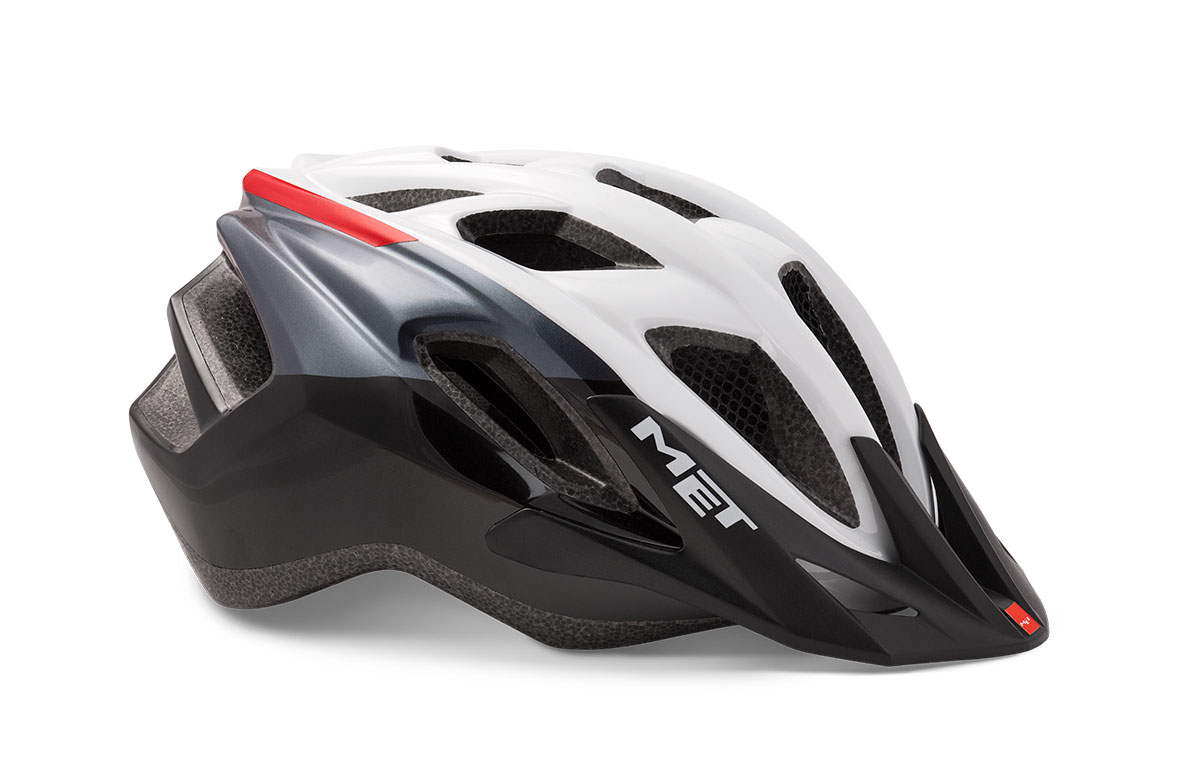Skimming over the ice, with the cool breeze whipping over a skater’s face is an invigorating inclination. One push drives a skater down the flickering, frigid surface. Agonizing over a head injury is a long way from a tenderfoot skater’s psyche, the same number of members do not know about the chance of head injury from ice skating. The objectives of this article are. 1 To bring issues to light about potential head injury from ice skating and 2 to advance the utilization of protective caps in tenderfoot Learn to Skate classes and open meetings. Regular reactions from skating experts are. It does not occur that frequently or I have never witnessed it at my arena. However, measurements show that ice skating has perhaps the most elevated pace of crisis room visits for horrible mind injury TBI. Places for Disease Control 2011 dissected in excess of 173,000 crisis room visits for blackouts and other horrendous cerebrum wounds in sports and amusement in youngsters under age 19 years.
In excess of thirty classifications of sports and entertainment head wounds were inspected. Most games showed 2-7% yearly crisis room visits. Ice skating revealed perhaps the most noteworthy example of crisis room visits for TBI. TBI from Ice Skating are at 11.4% with in excess of 1,600 cases every year. Initiating protective cap strategies in sports ends up being a disruptive and dubious issue. Insurance agencies emphatically ask skating offices to post a notice capability of qua tang mu bao hiem at the passage of the structures. Further, they suggest offices do not offer head protectors for lease, as legitimate fitting, hardware assessment, and sanitization lies in the hands of the cap proprietor, not really the end client. Be that as it may, individuals visiting ice skating arenas are not all around educated about the potential dangers of the action before appearance.

When they show up at the arena, clients are commonly reluctant to return home to get a head protector, or go to a store to buy a cap. Whenever gave foundation information, in front of their visit, visitors will have the chance to bring wellbeing hardware from home. The decision would lie in the shopper’s hands. Mishap information underpins the need to roll out this improvement. The initial step is instructing recreational members through an open mindfulness battle. Caps secure the head by diminishing the rate at which the skull and the cerebrum are quickened and decelerated during an effect, adequately going about as a safeguard between the power of the effect and the mind. By spreading concentrated powers of effect over the defensive froth, and in this manner spreading the power over the wearer’s scalp and skull, a great cap gives the mind additional reality expected to diminish injury.